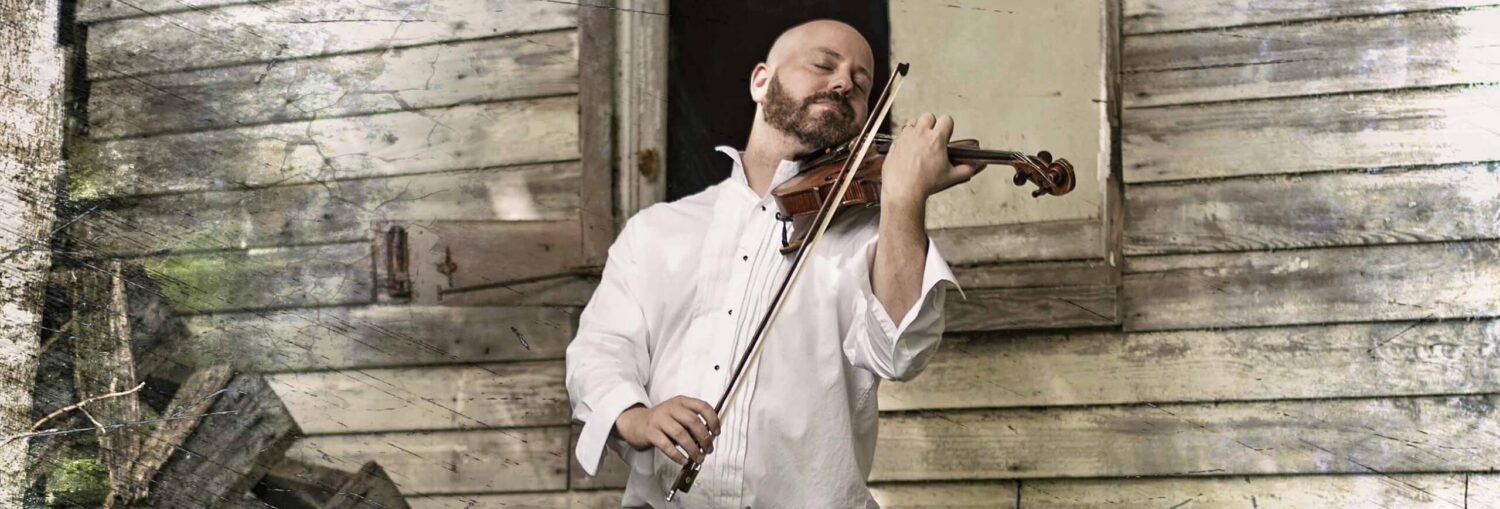OFAN (2016)
for SSAATTBB Choir a cappella
Duration: 7 min.
Contact us regarding perusal or performance materials.
The piyyut (a poem on sacred Jewish subject) “Ofan” was written in the 11th century by Rabbi Meir Ben-Ohev Hanasi, and is of the genre of “Ophanim”, poems that refer to descriptions of God’s chariot in Ezekiel’s vision. Not much is known about Ben-Meir Hanasi, a Sephardic poet. He is mentioned in The Book of Kabbalah by Abraham Ibn Daud, and three of his piyyutim were published in Hizzunim (1585)1. The word Ofan means wheel and refers to the wheels of God’s chariot.
The study of Ezekiel’s vision was considered sensitive by Jewish law and rarely done in practice except by the wisest of students2. However, Ezekiel’s vision is mentioned in the morning prayer, and during holidays the Ofanim were recited within the synagogues of Sephardic communities in Al-Andalus. Several Ofanim have survived and published. Those that survive were written during the 11-12 centuries by prominent Sephardic poets such as Shlomo Ibn Gvirol, Moses Ibn Ezra, and Yehuda Halevi3. The Ophanim, much like most Sephardic poems, were written with a strict rhyming pattern.
In Ofan by Ben-Meir Ha-Hanasi, the heavenly spheres and the angelic deities that inhabit it are described in vivid detail. The piyyut is written in a strict rhyming pattern, and closely resembles another piyyut, “Malakhim mamlikim” by Moses Ibn Ezra4.
The musical setting of Ofan is polyphonic, combining stylistically contrasting melodic lines and homophonic textures. The text of the poem is sung in homophonic setting and by female voices, and the words “Kadosh Adonai Tzevaot” are used as a backdrop for the drama of the poem in extended vocal techniques. The use of these contrasting musical devices creates two spiritual spheres, corresponding to the legend of two Jerusalems: The Jerusalem on Earth, and Jerusalem in Heaven. For most of the time, the choir represents the Jerusalem of Heaven, as described in the poem, in homophonic harmony and pure open intervals. Echoes and fragments of earthly Jerusalem occasionally break into the texture, such as melodies from synagogues and mosques, echoing the soundscape of a multitude of prayers that I would hear while walking the streets of earthly Jerusalem.
